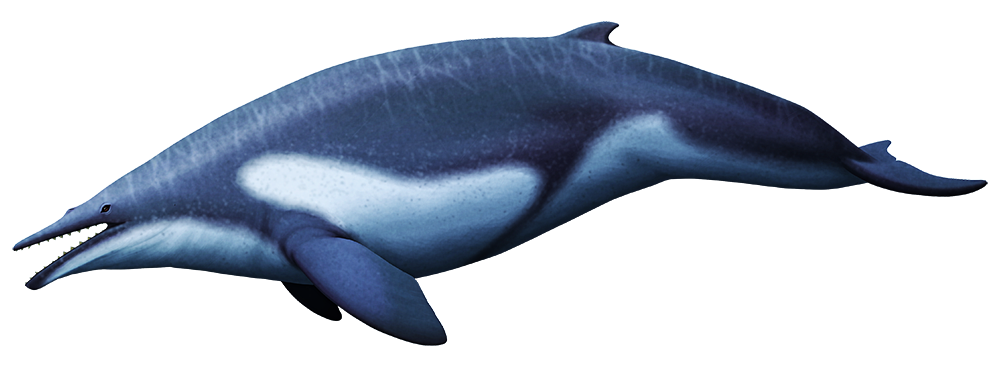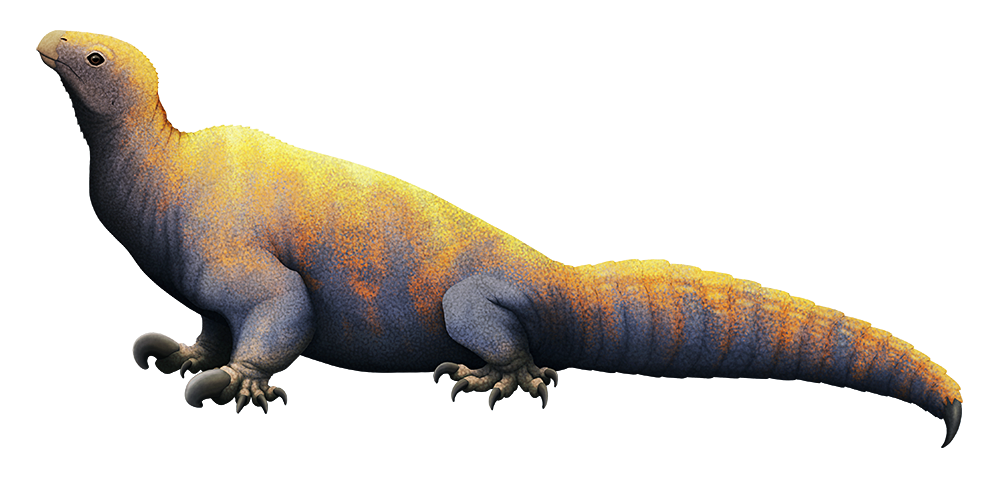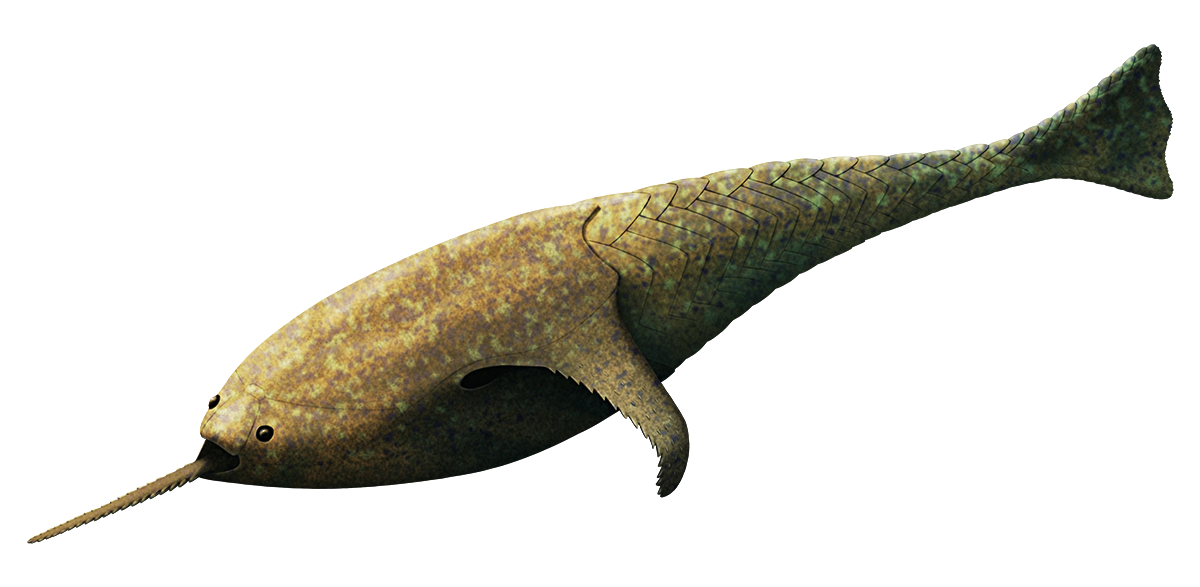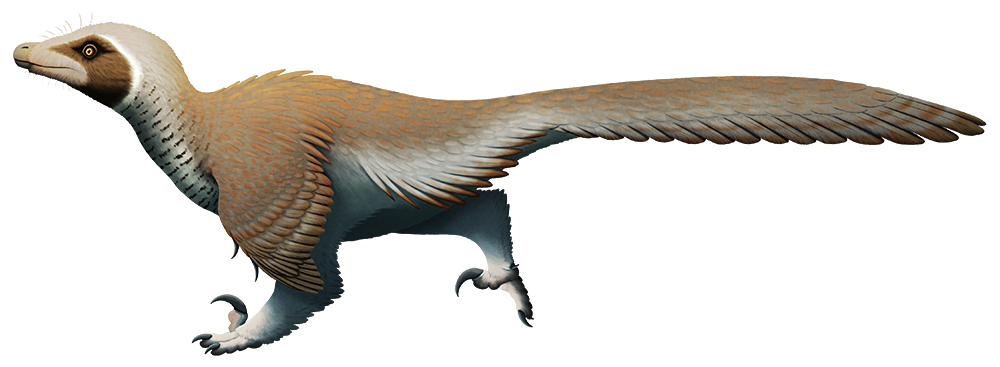Much like the sponges, the ctenophores (commonly known as “comb jellies”), are one of the oldest animal lineages, but their exact position in the evolutionary family tree is a little uncertain. Traditionally they’re placed between sponges and all other animals, as the earliest branch of the eumetazoans, but some studies have suggested that they might be much more ancient, possibly branching off before even the sponges did.
And while their fossil record is poor due to their soft gelatinous bodies, some of what we do have is starting to hint that their ancestry was very different from their modern jellyfish-like representatives – and they might even have links to some weird Precambrian creatures.
Continue reading “Cambrian Explosion Month #04: Phylum Ctenophora (And Petalonamae?)”






